In the midst of the concerns about when MAX will return to service a narrative has emerged that the grounding has benefited the supply chain by giving it a chance to recover from rate ramp up problems. While Boeing’s assembly rate reduction to 42/month has not been rolled down to every subtier, the reduction at the top has allowed suppliers to catch up on their past due commitments to the airplane maker. This narrative implies that the reason for the supply chain constraining the program ramp up to begin with is supplier performance. Indeed, there seems to be ample evidence of this; for example, prior to the grounding, engine deliveries had been causing slowdowns in aircraft deliveries. However, an alternative narrative that should be considered is that supplier capacity constraints will determine the bounds of build rates; put another way, even if the supply base performs well, the desired rates still may not be achievable.
A case in point: raw materials, especially aluminum flat products (sheet and plate). Aluminum demand is surging right now. Widebody demand softened a few years ago, plateauing the demand for new carbon fiber reinforced plastic (CFRP) airplanes and driving Airbus and Boeing to address their 8+ year backlogs of new narrowbody aircraft – aircraft still made of metal (aluminum). Therefore, narrowbody rates were raised in an effort to offset faltering rates of the more expensive widebody aircraft. Our own aircraft delivery forecast peaks at production rates of 128 narrowbodies per month (only Boeing + Airbus). Furthermore, our raw material demand forecast shows build-rate-driven aluminum demand will rise still higher than today’s levels and peak in 2022. However, it appears the mills are at capacity now. Some of the mills have stated directly to us that they are currently at full capacity even though the supply chain’s current production rate of MAX components is below 52 per month. Furthermore, plate product deliveries to suppliers have been arriving late so far this year, delays that are continuing into this quarter despite reduced production rates.
Wholesale capacity expansions for aluminum flat rolled product are unlikely (i.e., expansion or construction of new plants). It would take approximately five years to build new mill capacity for sheet and plate, meaning the new capacity would come online after demand has peaked. Next, investment for a new plant would approach $1B. The current environment of downward cost pressures and stretched payment terms disincentivizes suppliers from investing in capacity – especially in processes with high fixed costs. But the most demotivating factor is the future itself. The composite 787 and A350 replaced aluminum airplanes. Our own raw material forecast projects a gradual decline in build-rate driven aluminum demand even at narrowbody build rates 20-25% higher than those being realized today. Speculation, if not expectation, is that the NMA, if launched, will have a composite wing and fuselage similar to the 787 and A350. If that weren’t enough, the industry knows that future versions of the 737 and A320 will have composite wings.
What does this mean for the industry as a whole? First, the machine shops that use aluminum material are already experiencing tight supply. They can expect that to continue. Second, there is very real cause to believe that reaching the rates that the primes desire simply isn’t possible given current capacity. Given that there is no incentive for the mills to expand capacity (e.g., invest in new facilities), why would the machine shops invest in metalworking capacity themselves? Altogether this presents a problem that Airbus and Boeing may find difficult to solve. It simply may not be possible to increase rates to the levels the primes want.

Authoritative Actionable
Consulting in Aerospace
Sign up for our newsletter today!